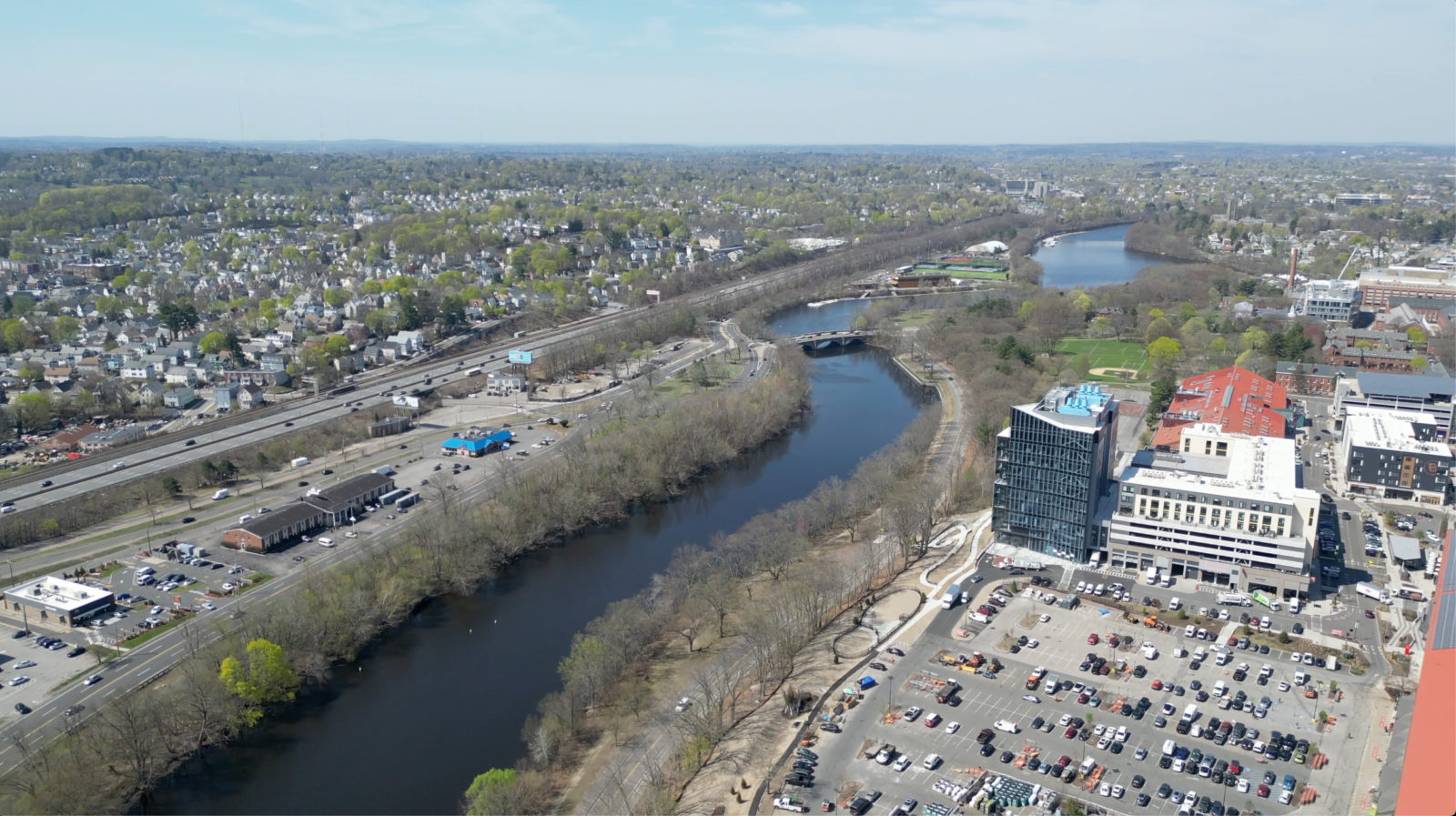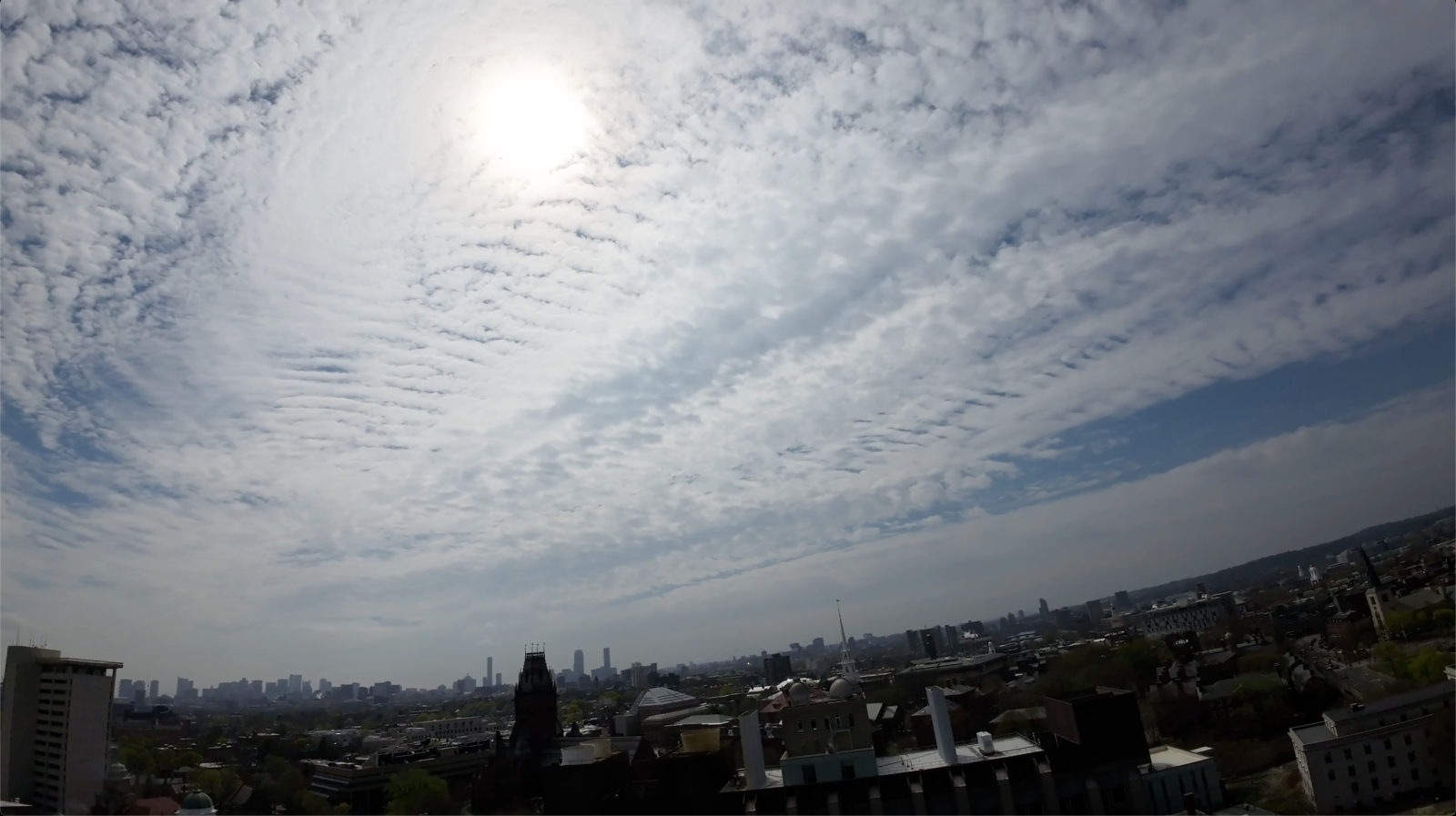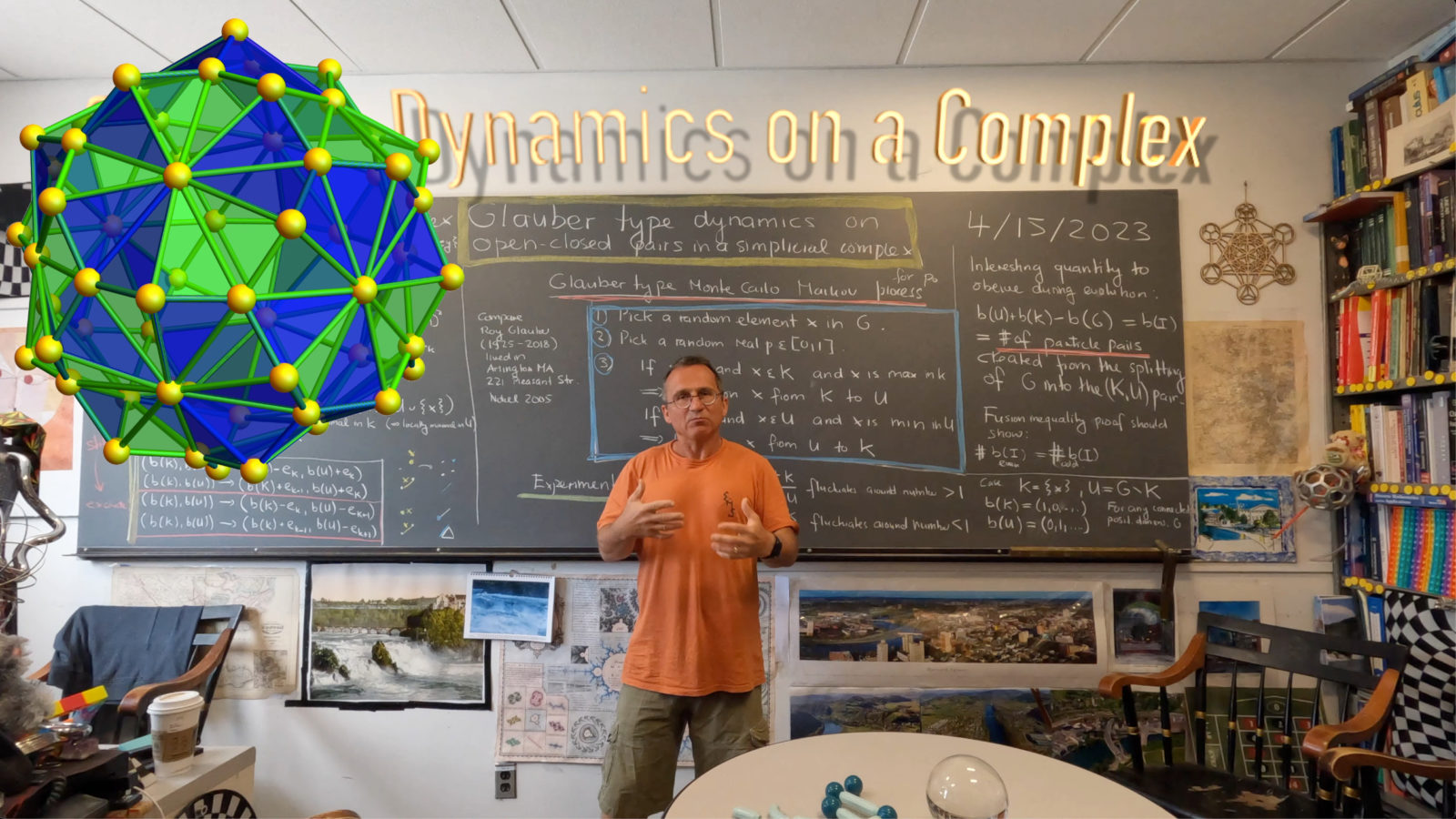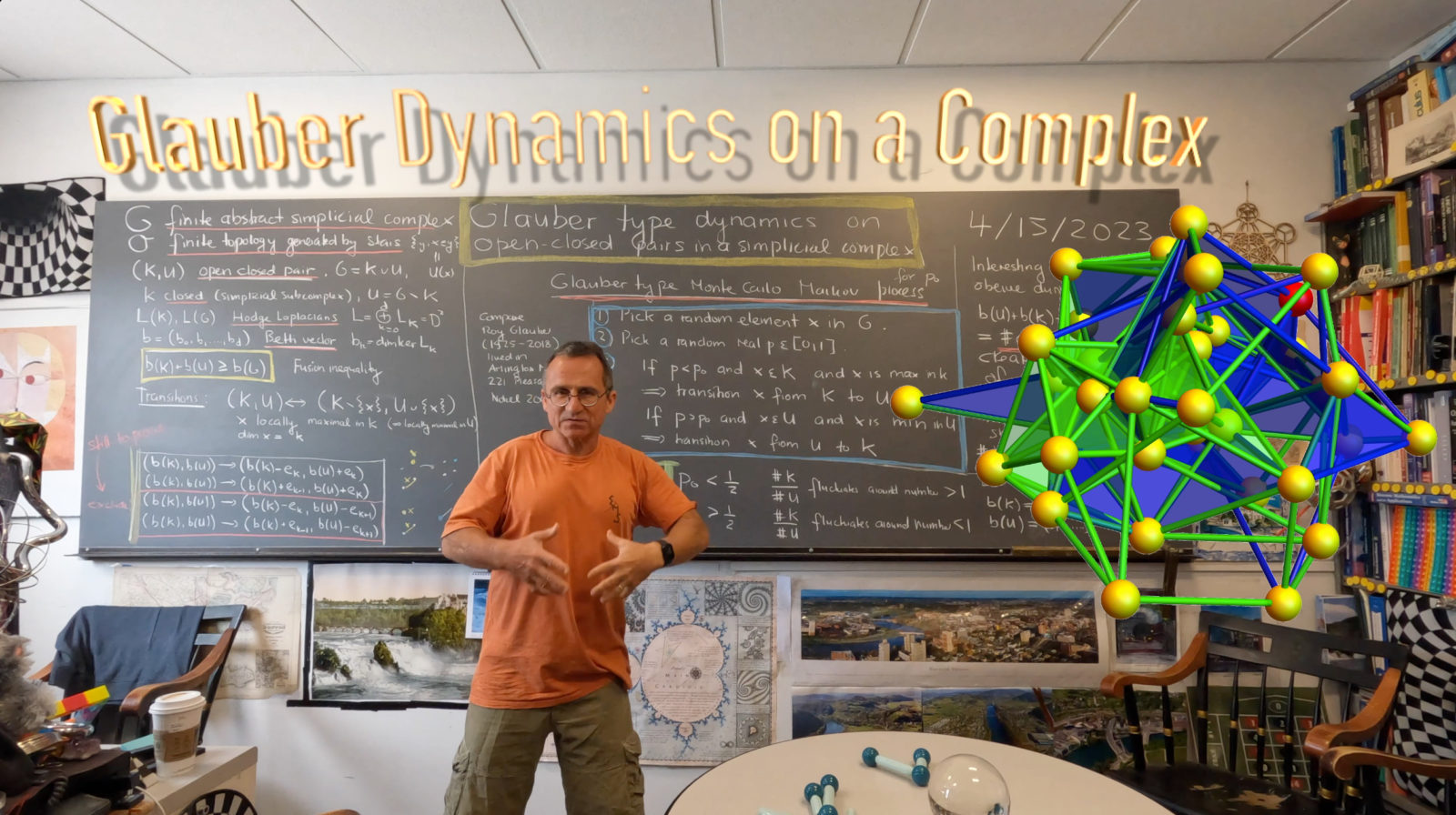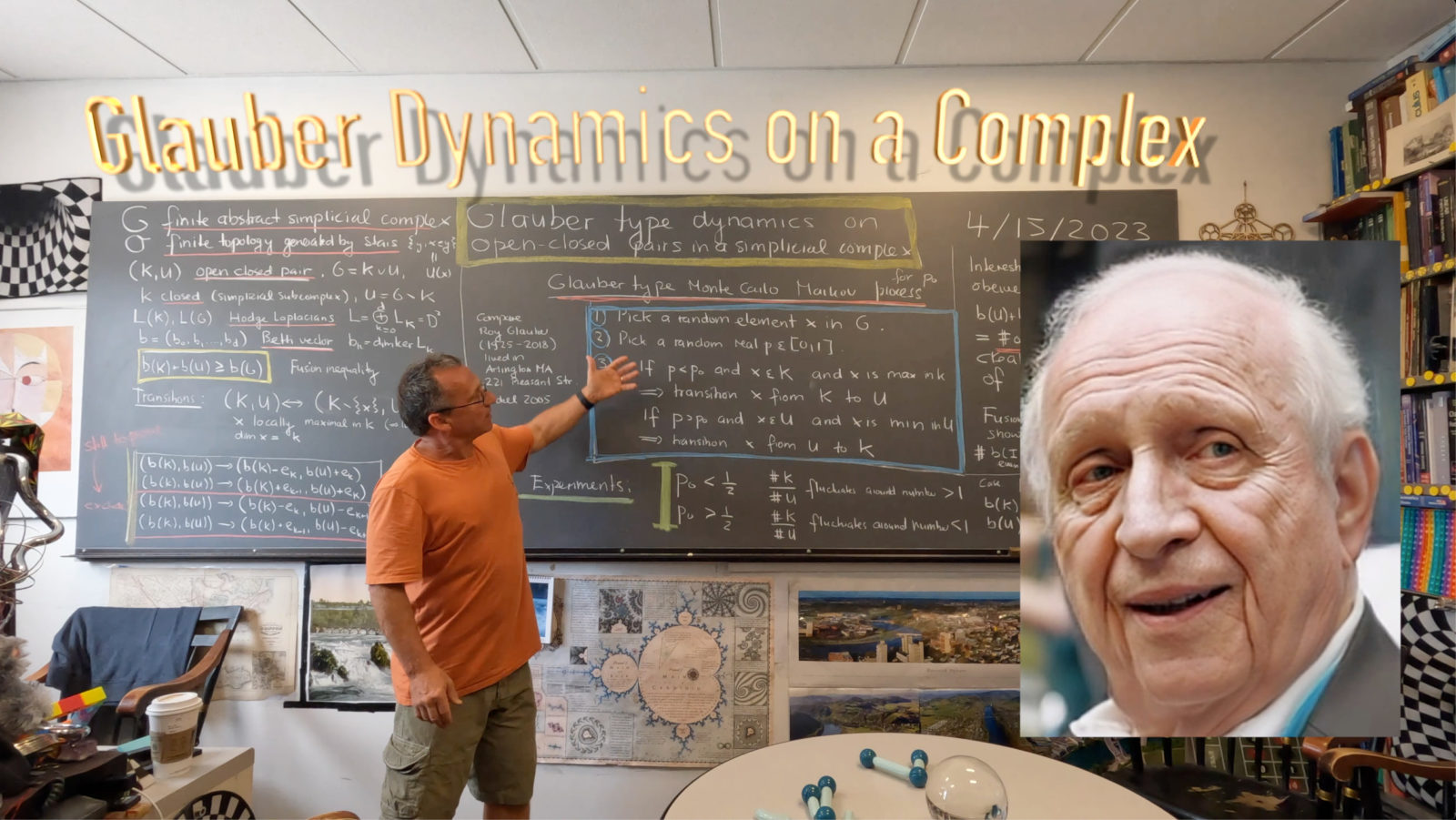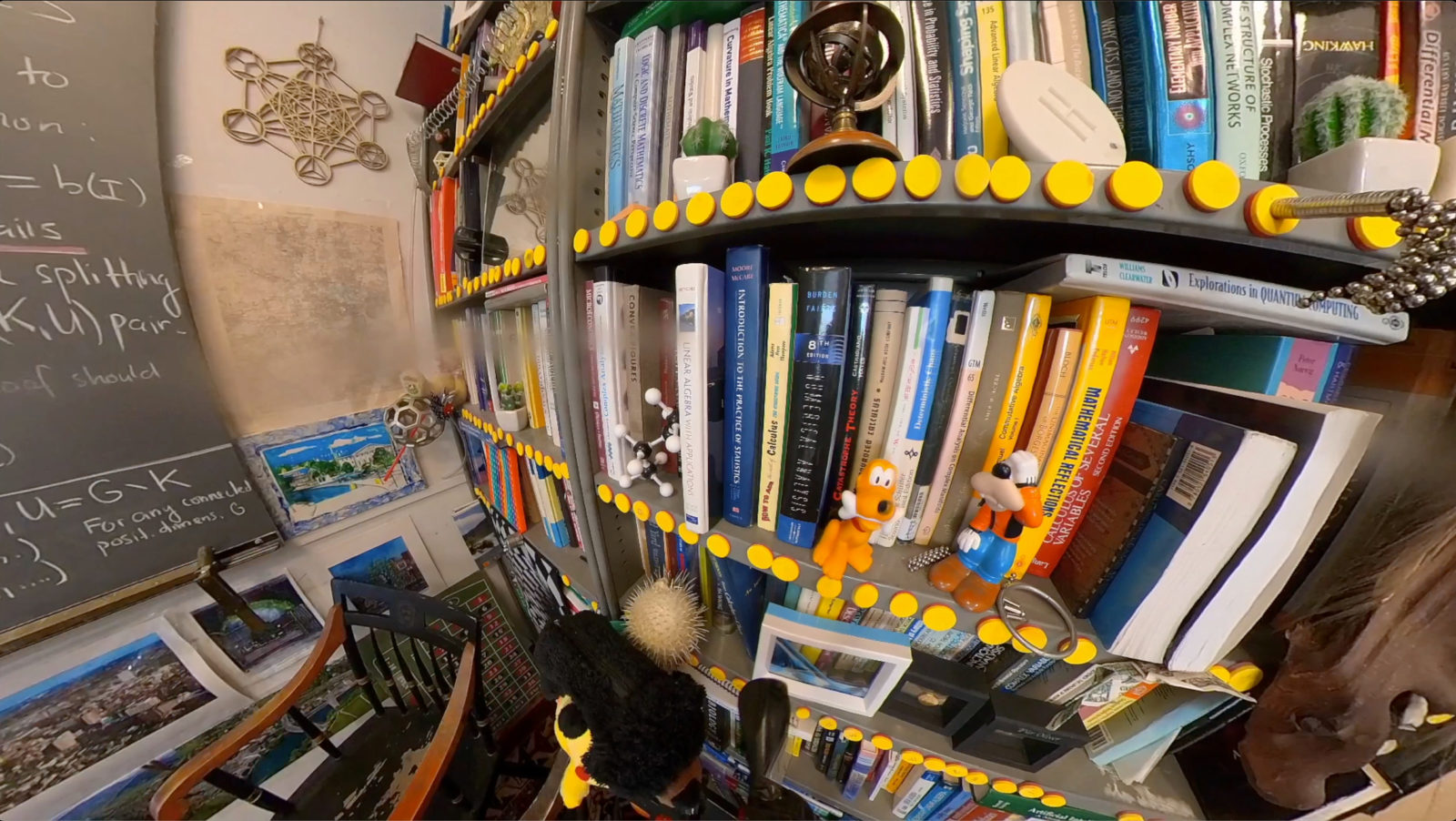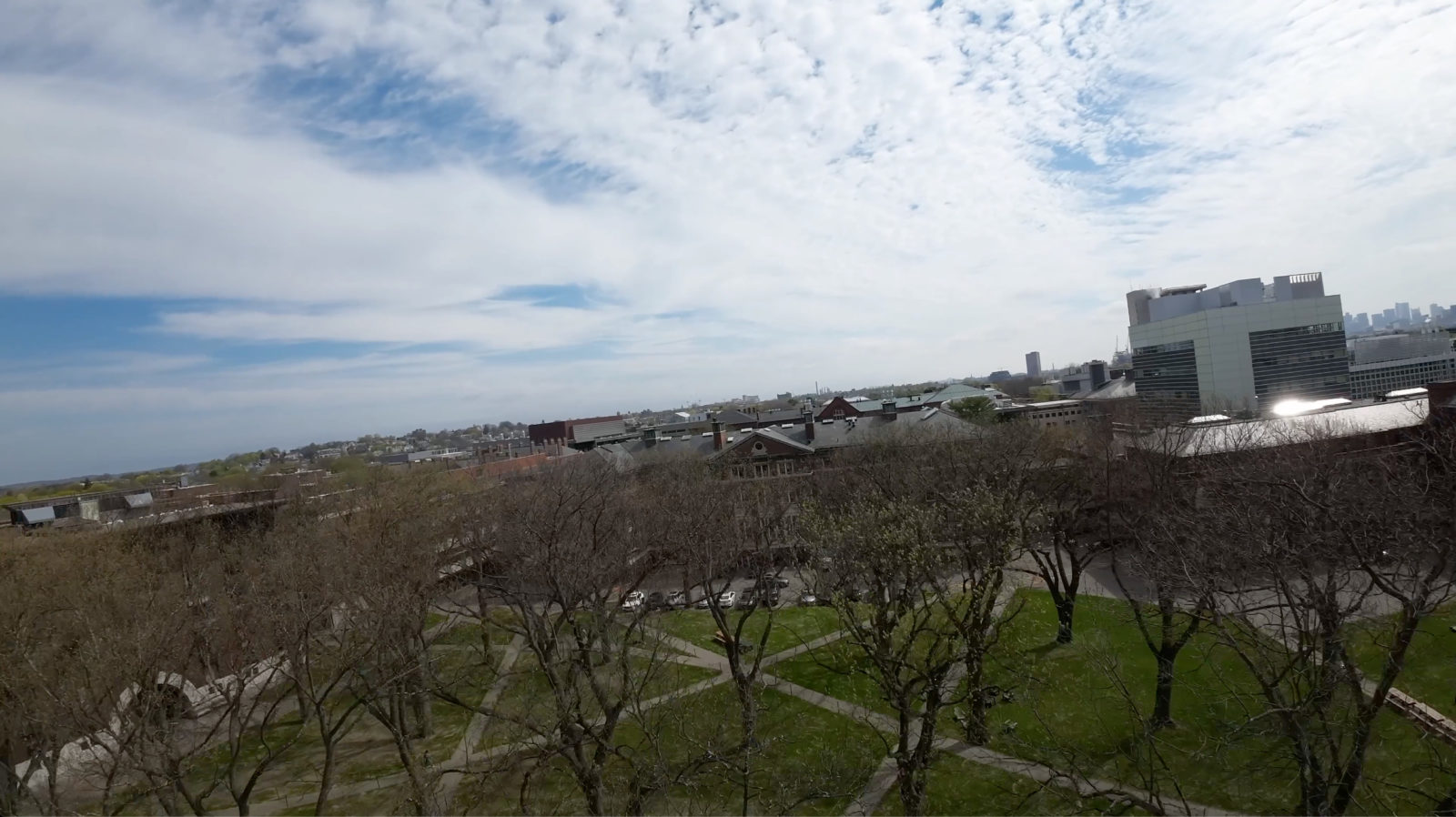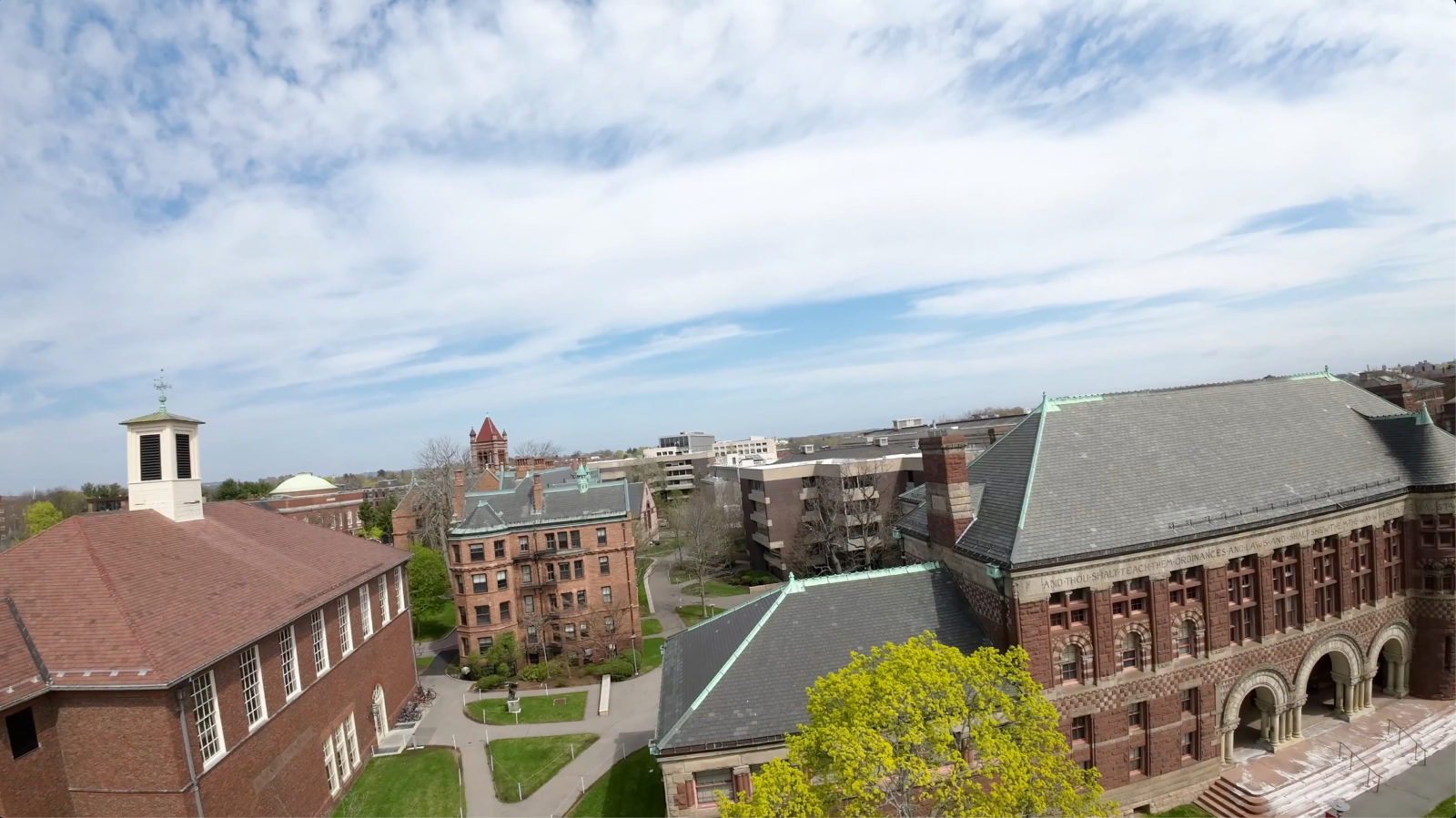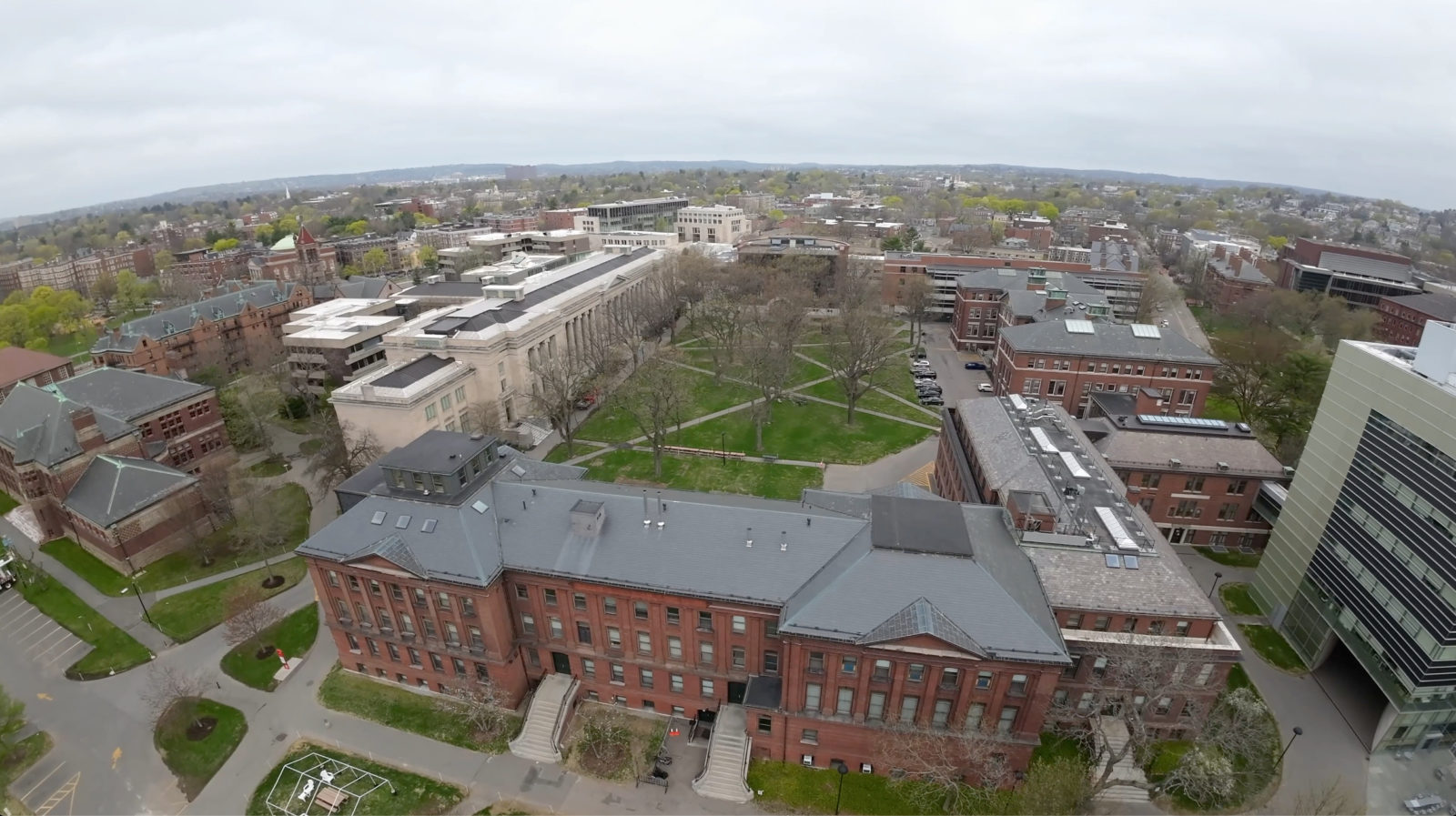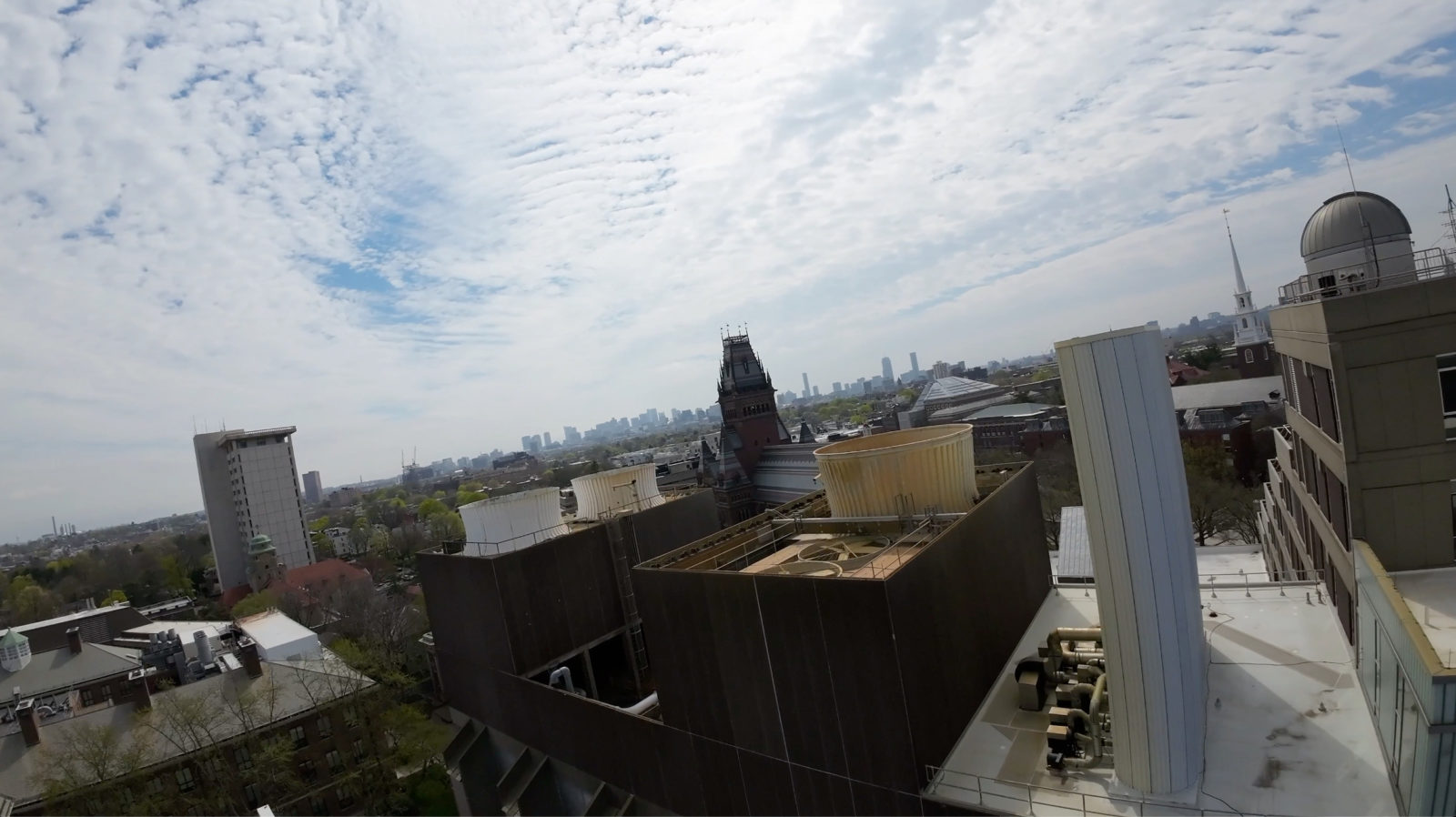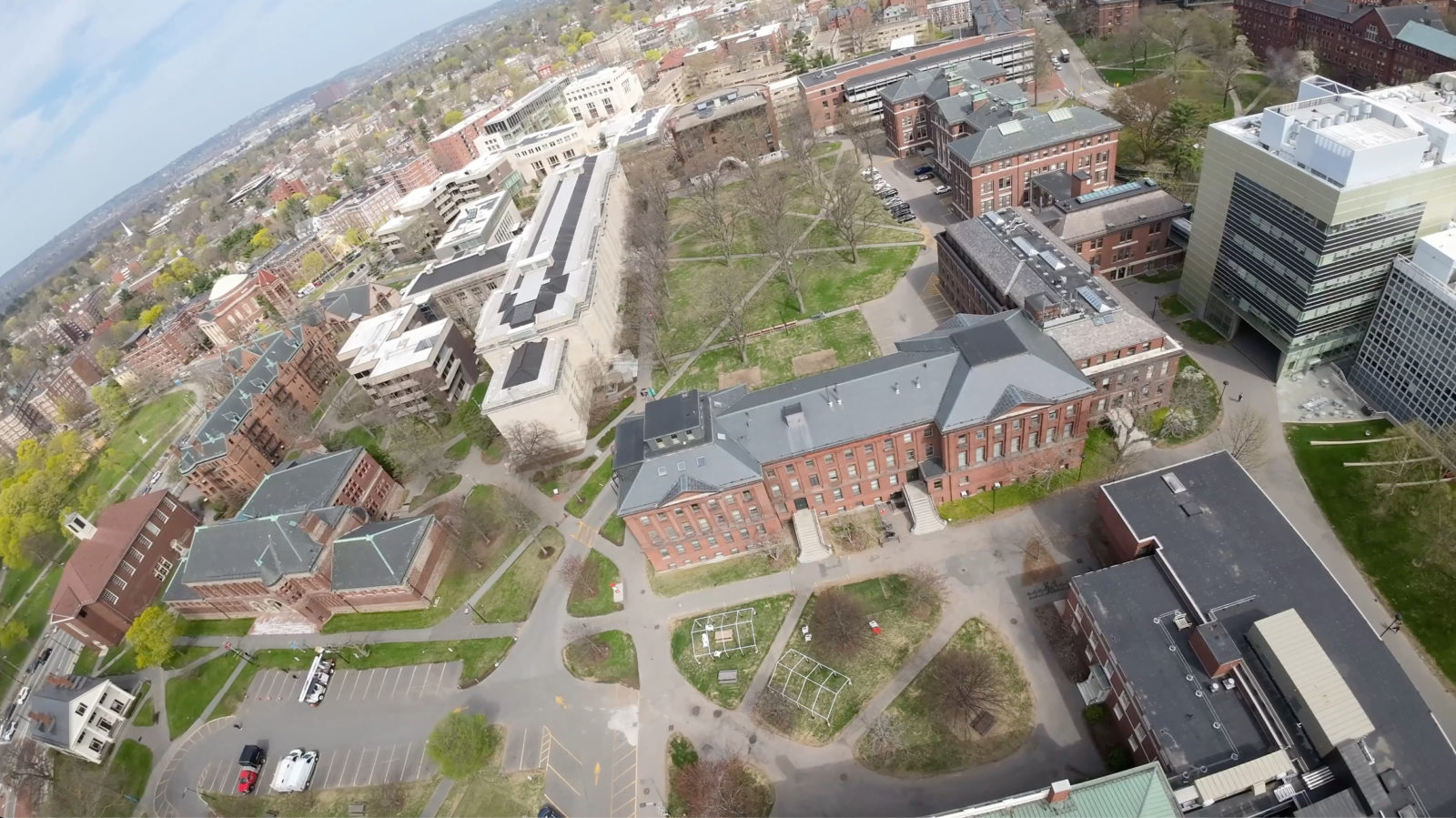Dynamical systems on geometric spaces are very common in mathematics. Mean curvature flows, Ricci flows etc. We can think of a subcomplex K in a simplicial complex G as a geometric object. We can not break randomly elements away as would in general lose the property of having a subcomplex. But we can remove a locally maximal simplex or add a simplex in the complement U which has been locally minimal in U. Moving forth and back produces a Markov system. If we just randomly pick an element in G and move it from K to U or U to K if possible, then U dies out rather quickly in general. The reason is that it is easier to add to a closed set than to remove from an open set. What makes it more interesting is to throw a dice each time and with probability 1/2 pick a transition to U and with probability 1/2 a transition from U. Now there will be a Markov equilibrium. I also experimented with just giving the transition from U to K less chance. An other possibility which is more Glauber like is to flip a simplex with probability which depends on some sort of energy like the difference of the total Betti number ||b(I)|| changes when doing the transition, where b(I)=b(U)+b(K)-b(G).
What I’m really interested in is still how the changes of the Betti number pairs work exactly. There are four possible cases when a simplex flips. They are on the board to the left. I mentioned that the last case can not occur. This still needs to be proven. The second last case can occur. like when G is a disjoint union of K_2 and K_1 and K is a two point graph with cohomology (2,0) and U is the open set *– with cohomology (0,0). If we move one of the vertices over we get the cohomology (1,0) and (1,0). Both b0 and b1 have been reduced. For a proof of the Fusion in equality we would just have to show that his transition can not happend if b(U)+b(K)-b(G)=0.



